Another article looking at what’s gone wrong of late, with the holding midfield area again being identified by guest writer Daniel Wong.
When Jurgen Klopp arrived at Liverpool two years ago, Reds’ fans were excited to see the ‘Heavy Metal Football’ style of play he would bring to the club.
His ‘Gegenpressing’ system, made famous during his time with Dortmund, is famed for its high energy pressing all over the pitch, and for the decisiveness of the players in the system during the transition from defence to attack.
However, Klopp’s defensive record has gotten worse this season. In analysing all goals conceded across competitions this season, barring Liverpool’s set-piece woes, incorrect refereeing decisions, and goalkeeping howlers, a damning pattern revealed itself.
This piece will identify the pattern, and address the reasons why Liverpool are especially struggling this season, focusing on the system, the slight tweaks to the formation this season, and the personnel.
A Pattern Emerges
Liverpool have conceded 20 (non-set piece, goalkeeping blunder, and wrongly given) goals across all competitions this season, and upon analysing each one of them, 65% (13) were conceded from opposition attacking phases either starting in the hole, or in the hole itself.
Why is this the case? Is Liverpool failing the Gegenpress system, or is the Gegenpress flawed?
Is it Klopp’s decision to tweak the formation and the personnel deployed in the system this season, or a combination of the three?
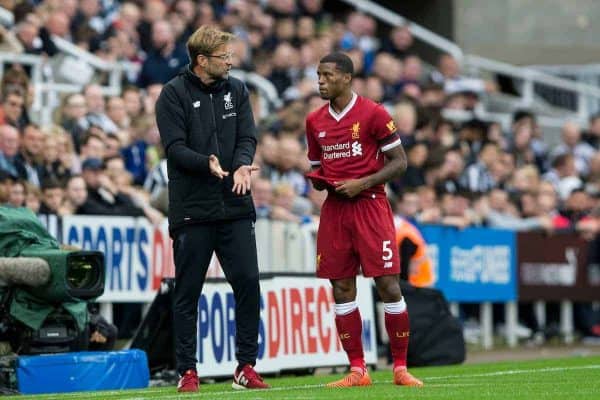
The Gegenpress: Trust, and hard work
Using a top-down approach, the Gegenpress system can be addressed – starting with the mindset of the system.
Gegenpress at its core is focused on the transition, with teams aiming to work hard and press constantly to win the ball back immediately after losing it.
Once winning the ball back, players all players aim to get forward and break as quickly as possible immediately when the ball is won.
Wing-backs, midfielders, and wingers alike all break forward the second that Liverpool regain the ball, and in theory are in great positions to run at and pass through opponents, especially if the ball is won further up the pitch, meaning players have less ground to make up to get to the opposition goal.
It makes sense as when opposition teams win the ball, they immediately look to spread the field and give each other space – which ends up giving the pressing players the space to attack if they win the ball.

This system (and all team pressing systems) relies heavily on each players’ anticipation of events that are about to conspire when opponents have the ball.
It starts with players anticipating where the ball could potentially go, with players pressing or moving to block off those places, while also factoring in where their teammates are to know which lanes and opponents to block and the angles from which to press from.
Therefore, this system relies heavily on trust: players must trust that their pressing teammates will be successful in making challenges, or are in positions to effectively intercept or cover passing lanes to nearby teammates.
Trigger men like Lallana embody this trust in the system, leaving their positions to initiate the team press. Unfortunately for Liverpool, it is their zealous trust in their teammates that has let them down this season. There are two key areas of the system where players’ trust in each other has let the team down as a whole: in defence, and on the transition.
In Defence
In defence, players who are not directly involved in the press mark zonally, covering passing lanes, and narrowing the pitch to make it very difficult for opponents to properly play passes into players in space.
For the pressers, there is a certain degree of trust that their teammates are providing sufficient cover and are well positioned to tackle opponents or intercept the ball. For the pressers, this trust has caused high-pressers to be less inclined to press in a disciplined manner, trusting their teammates to cover the spaces around them.
For the cover players, upon seeing their teammates taking up excellent pressing positions, they don’t mark tight, instead moving zonally to constrict the field.
This explains why when Liverpool’s pressing players are not in effective positions to press, Liverpool’s covering players have resorted to marking tighter, which has been effective against teams who play into feet – typified by the defensive performance against Arsenal this season.

Counter-intuitively, this trust is Liverpool’s bane when defenders and pressers are in good positions but fail to win the ball from their press and challenges.
The most blatant example is from the recent result against Newcastle: Joselu has started in the hole and from a deeper position, running towards the gap between Lovren and Matip when Newcastle win the ball. Matip moves to cover the gap and mark tighter, but loses commitment to this once he spots Henderson and Wijnaldum in great positions to potentially win the ball.
Furthermore, when the press fails, the pressing players are either too far up the field to be effective in a defensive phase, or (this season) not putting the requisite effort in to track back and contribute to defending with high energy – possibly due to their thinking that they are too far away to influence the defensive phase, or that their teammates have sufficiently dealt with the danger.
This explains why Liverpool are so poor at defending long through balls following a failed press, and why opponents are able to get into the hole and score.
In Transition
“I was in Munich and spoke with Xabi Alonso, and he said ‘You have to adapt, it’s the second ball, the second ball!’. But really, you have to adapt to the second ball, and the third ball, and the fourth!” – Pep Guardiola, on the physical nature of the English game
Immediately after winning the ball back, wing-backs, midfielders, and attackers alike steam forward as a collective to get into threatening positions on the counter.
Unfortunately, the side-effect of this approach is that players have only focused on the first ball, with players pushing forward once this looks achievable, neglecting the second ball (and the third, and the fourth) and the subsequent players in the dangerous further up the pitch.
It is the reason why last season against Arsenal, Alberto Moreno pushed high up and was caught out of position despite Liverpool not being out of the clear defensively, and why (despite the defensive mistake from Lovren) Sevilla were able to score their opener at Anfield this season.
By recklessly pushing up once the first ball is dealt with, Liverpool have completely neglected the second and subsequent balls, while on the other hand, their opponents have focused on those latter balls and been duly rewarded for their efforts.
To compound the issue, players pushing up have to turn around and are not in effective positions to effectively help out their defence once the opposition have won the second ball – and this has allowed their opponents to get the ball into or in the hole, and score.
This issue, combined with the trust involved during the press, are reasons why Liverpool have been left flat-footed and exposed throughout this season.
The Tweak to the System?
From the past season till now, Liverpool have struggled for defensive consistency against small teams, but have performed admirably against the top teams, with just two losses from 20 matches against the Premier League’s top six.
Klopp’s subtle change in Liverpool’s midfield shape against small teams in comparison to their shape against top teams, and the complete adoption of the change this season may be the answer.
Typically against top teams Liverpool are more disciplined in the press shaping up as a 4-1-4-1 and adjusting accordingly to match threats during the game. Under this system, Henderson played more of a disciplined role and would drop deeper to cover players in the hole.
This was particularly effective in protecting Liverpool’s back four. When playing weaker sides Liverpool adopt a flat three in the midfield and are given more freedom, shaping up as a flat 4-3-3 and on the occasion, a 4-2-3-1 or a 4-4-2 diamond. They do this with the intention of having more players in attack and positioning the high-press to restrict opponents to their own half.
This season, Liverpool have abolished that discipline completely and have adopted the flat 4-3-3 as their starting shape, with Henderson staying ever so slightly deeper compared to his usual midfield partners in the form of Emre Can and Gini Wijnaldum.
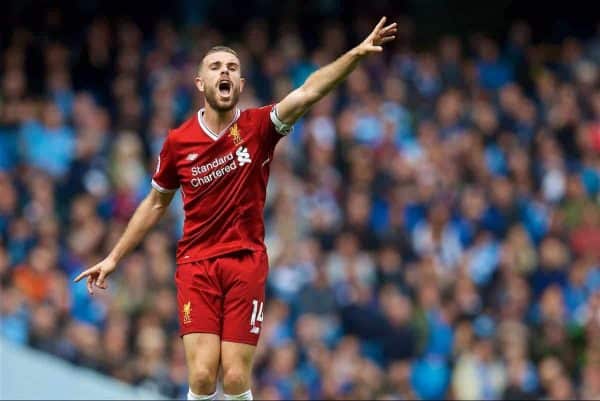
Whether by team instruction or through his individual decision making, Henderson has played a less disciplined role and actively participated in the press. Unfortunately, this has often left a schism between Liverpool’s back four and the midfield, creating the hole and the area where Liverpool is most vulnerable.
This hole is the area where opposition players start their deep runs that top centre backs struggle with, where through balls are played into, and where goals are finished from.
Liverpool’s lack of a dedicated and disciplined defensive midfielder contributes heavily into this. With the other two midfielders pressing higher, if the defensive midfielder (whose role is to help provide that bit of cover for the back four) joins the high press and fails, his lack of discipline often results in the back four being completely exposed.
Klopp certainly will not have told his midfielders that he is fine with them not dropping back and covering deep positions with urgency, immediately after their press has failed, and their failure to do so is just a part of how they are failing to address the system’s core mentality of hard work explained above.
However, by not having a dedicated holding midfielder, Klopp has allowed the weakness in the hole to remain an area that opponents have continuously been able to exploit to great effect. Without changing this, a signing of Virgil van Dijk will not have the desired impact of shoring up the Liverpool defence.
New Signings and Personnel Deployment – A Loss in Identity?
The last factor is the change in style, which has followed the signing of Mohamed Salah in the summer. While Henderson has been less disciplined this season, this has also been true for the rest of the squad in the system.
Klopp has thrown caution to the wind in a gamble this season, trading defensive solidity for flexibility and fluidity in an attempt to get the most out of his star players.
The 4-1-4-1 with wingers tucking into midfield (even against top teams) is a distant memory, with Klopp allowing Salah and Mane the freedom to not participate in the press even in big matches this season, deferring this duty to his wide defenders and midfielders.
It paid dividends against Arsenal this season, when Arsenal’s attackers dropped deeper and their wing-backs overlapped, allowing Salah and Mane the freedom to run and run at the opposition, while occasionally taking over the role of marking those attackers from their defenders in the instances they played a more active role in defence.
Another example is Klopp’s occasional deployment of Coutinho as a central midfielder in order to facilitate the full-strength deployment of his star quartet. Coutinho is a brilliant attacker, possessing magical dribbling, trickery, and the ability to bag a screamer out of thin air.
But for all his attacking qualities, he lacks in the defensive side of his game – and this was clear when he was played in centre midfield against Sevilla, and in his lack of awareness or commitment in covering space (something that can be noticed in the Joselu goal).
Unfortunately, when it doesn’t go as planned, Liverpool have been punished – notably in the match against Man City, where the lack of defensive effort from wide players and the unfamiliarity of a five-man defence was evident.
Concluding thoughts
By adapting personnel he has, Klopp has inadvertently played a key role in Liverpool losing the identity of pressing as a team.
With one signing, he tweaked the system, resulting in the team going from a team-pressing generated organised chaos, to pressing incohesively and ineffectively, while leaving their defence out to dry.
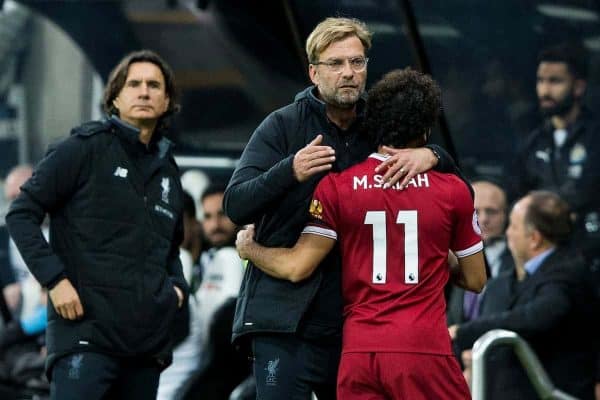
These are issues that top teams like Atletico Madrid have also recently faced and had to deal with, in the incorporation of players with more flair such as Carrasco – exchanging some defensive solidity for attacking prowess.
It is clear that success can be had from team-pressing, as well as Gegenpressing. Klopp’s previous success and the entire world of football’s recent shift to more cohesive pressing style of football is a clear example of this.
However, until Klopp is able to address the issues his tweaks to the system have created, it is likely that the goals against will keep on coming.
Analysis by Daniel Wong; give him your feedback and follow him on Twitter @RaiseUrDwongers.
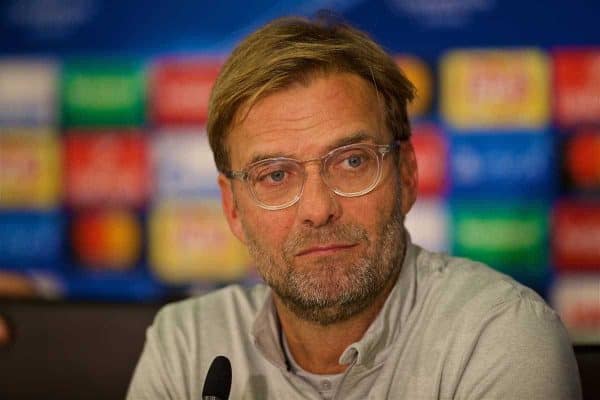





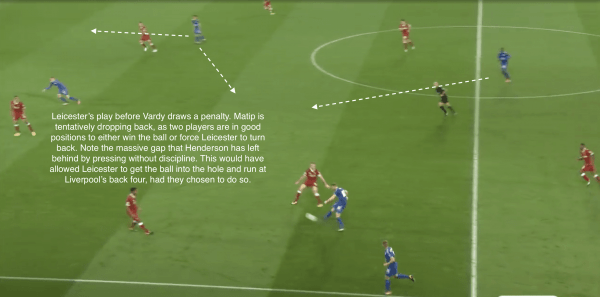


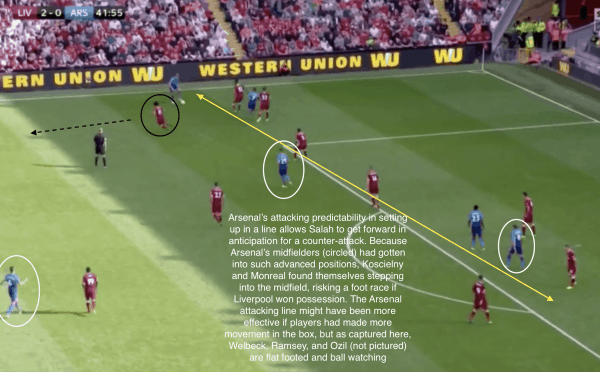







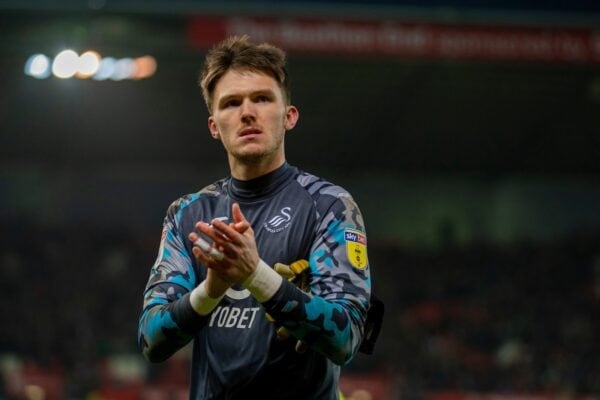



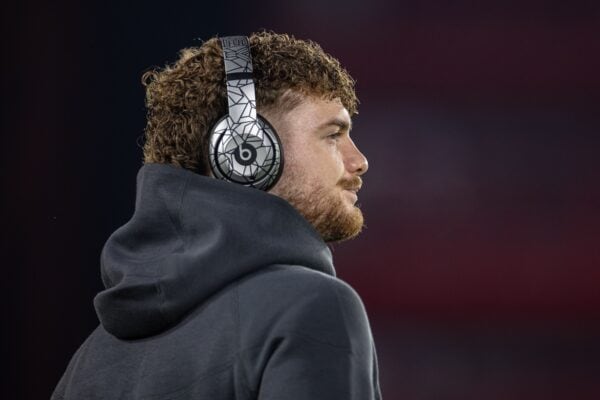
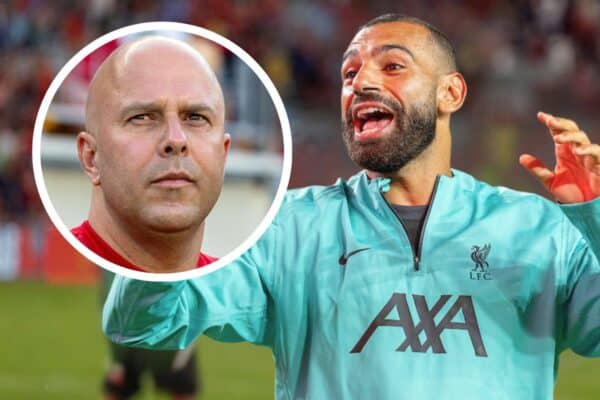


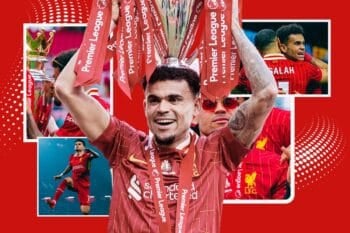

Fan Comments